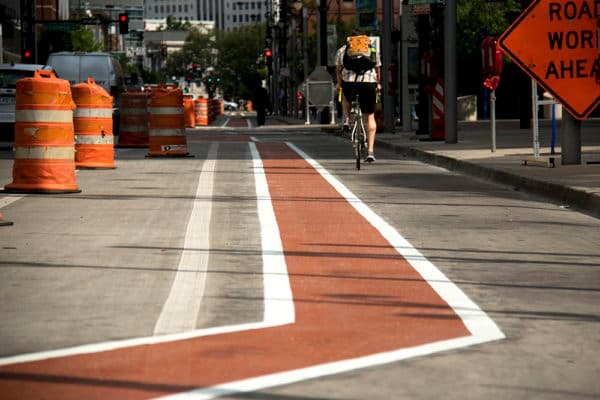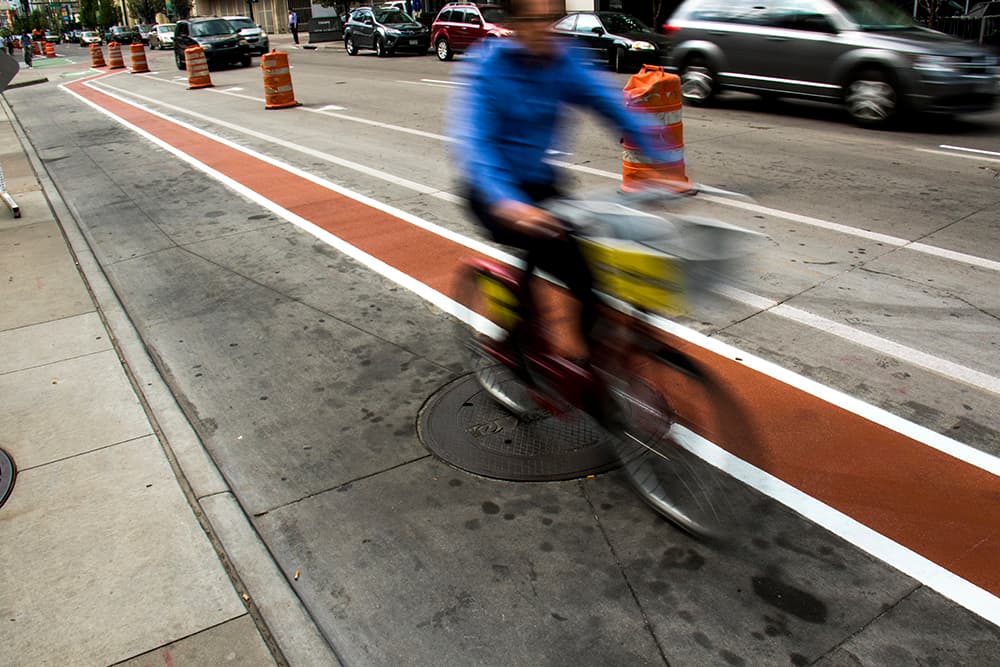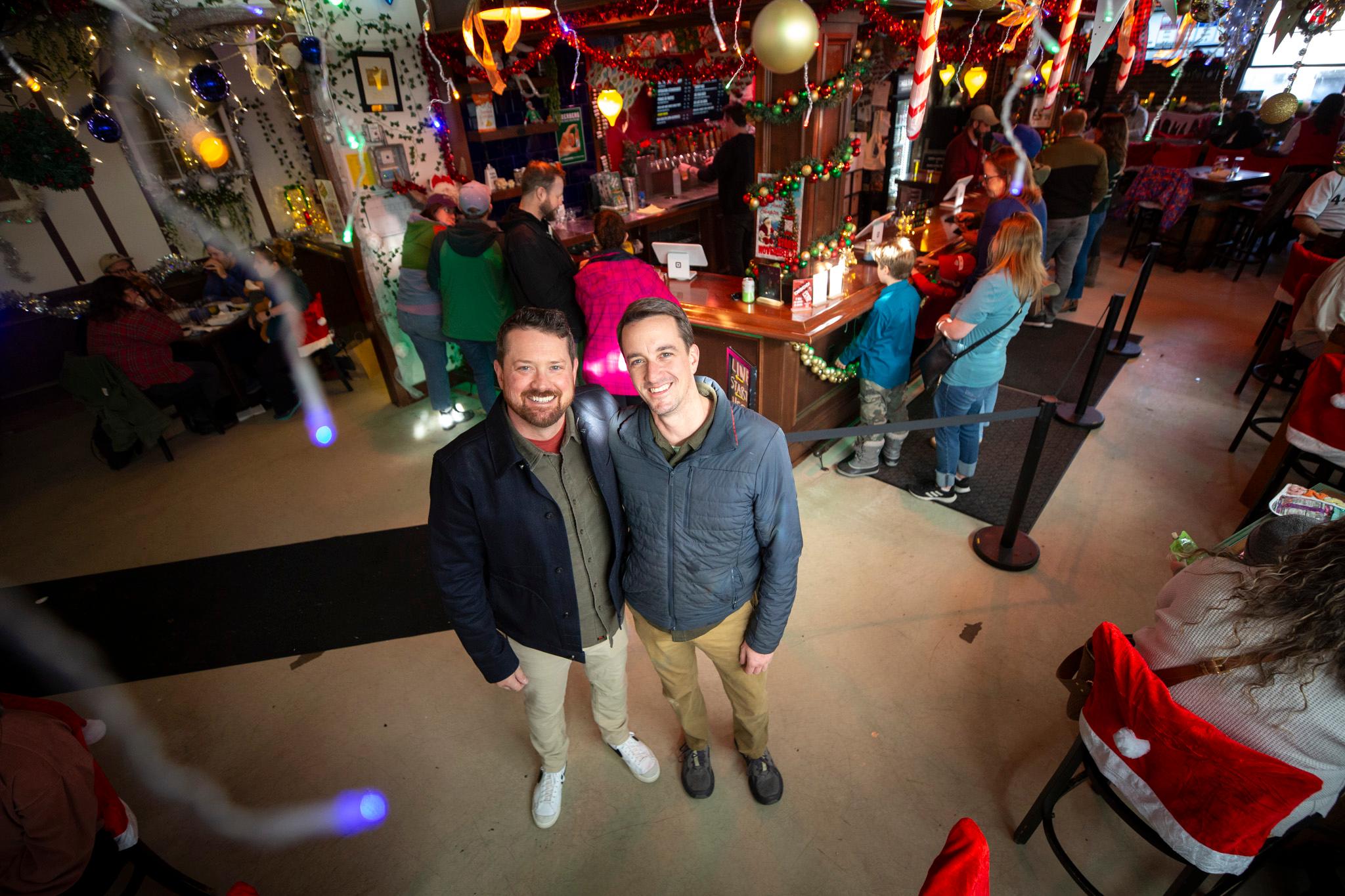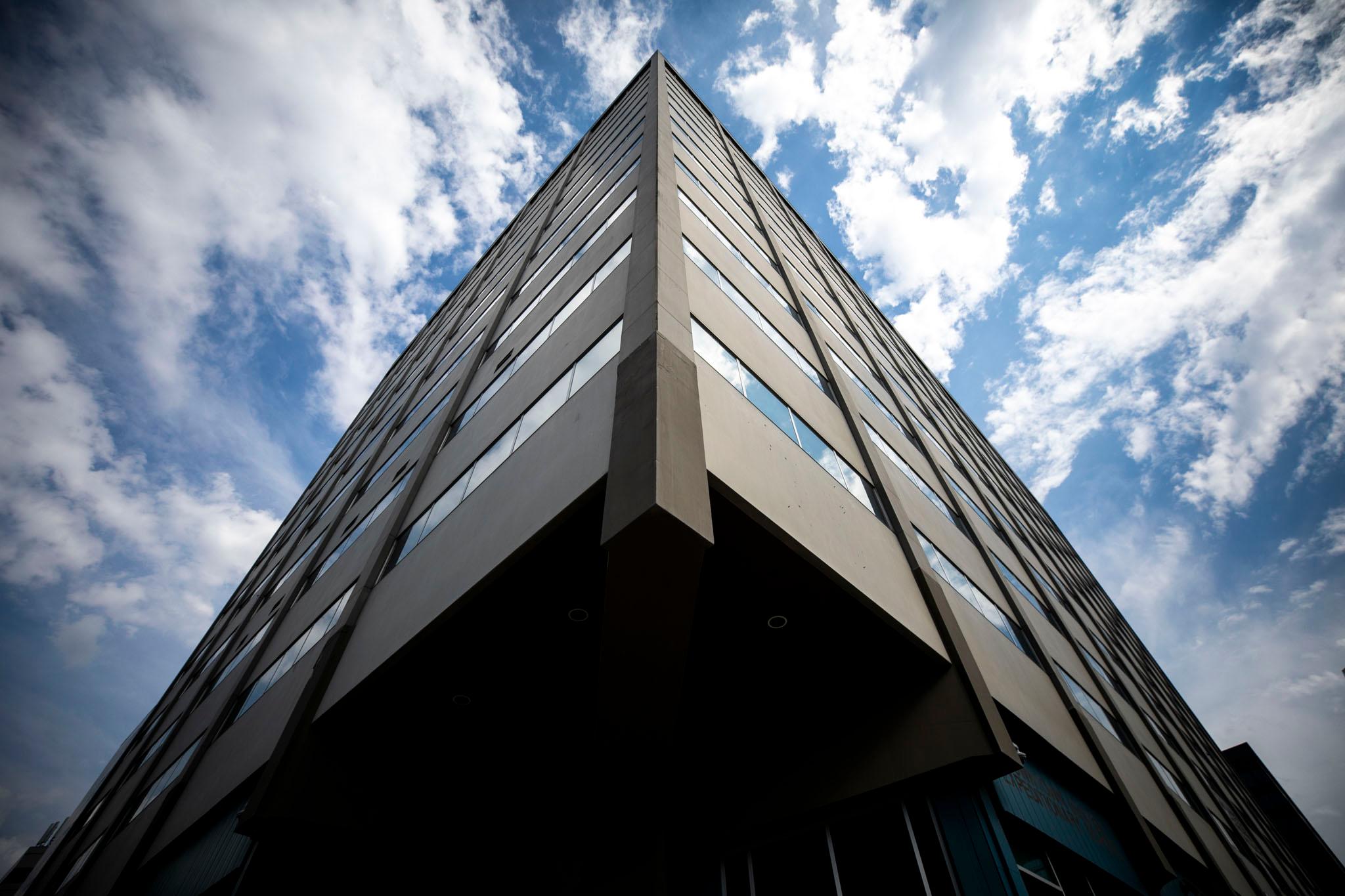Share
- Share "Is%20something%20blocking%20a%20bike%20lane%20in%20Denver%3F%20This%20campaign%20wants%20to%20know%20what%20it%20is" on Facebook
- Share "Is%20something%20blocking%20a%20bike%20lane%20in%20Denver%3F%20This%20campaign%20wants%20to%20know%20what%20it%20is" on Bluesky
- Share "Is%20something%20blocking%20a%20bike%20lane%20in%20Denver%3F%20This%20campaign%20wants%20to%20know%20what%20it%20is" on Twitter
- Share "Is%20something%20blocking%20a%20bike%20lane%20in%20Denver%3F%20This%20campaign%20wants%20to%20know%20what%20it%20is" on Reddit
- Share "Is%20something%20blocking%20a%20bike%20lane%20in%20Denver%3F%20This%20campaign%20wants%20to%20know%20what%20it%20is" on LinkedIn
- Share "Is%20something%20blocking%20a%20bike%20lane%20in%20Denver%3F%20This%20campaign%20wants%20to%20know%20what%20it%20is" on Whatsapp
- Share "Is%20something%20blocking%20a%20bike%20lane%20in%20Denver%3F%20This%20campaign%20wants%20to%20know%20what%20it%20is" on Email














